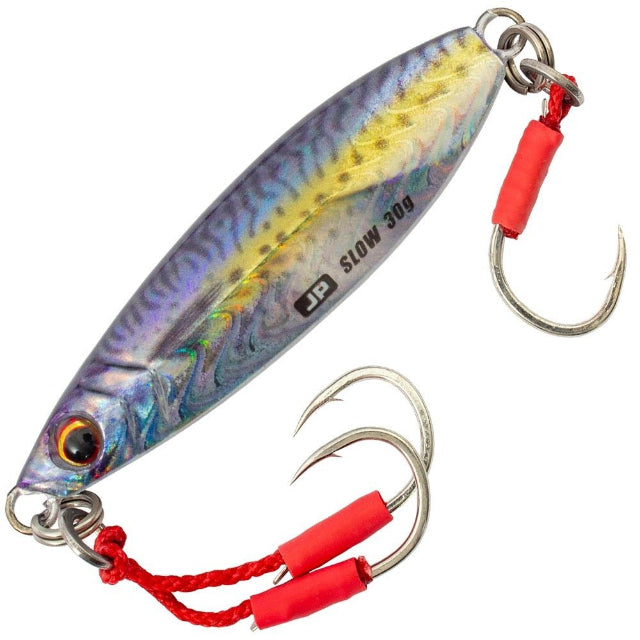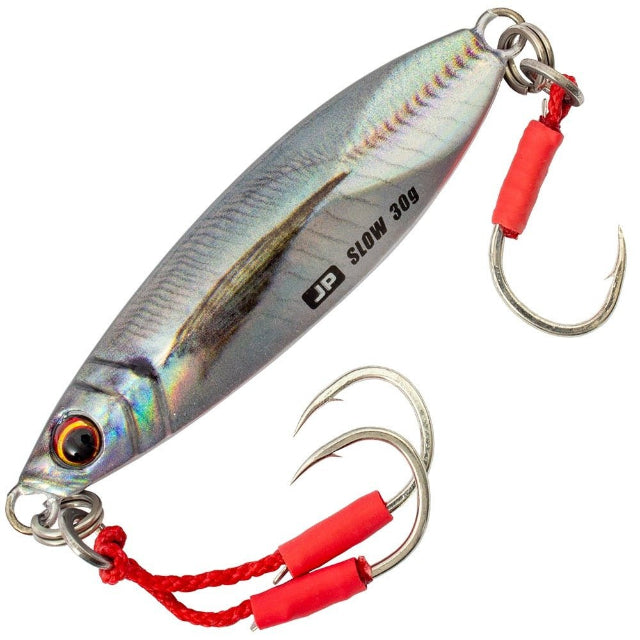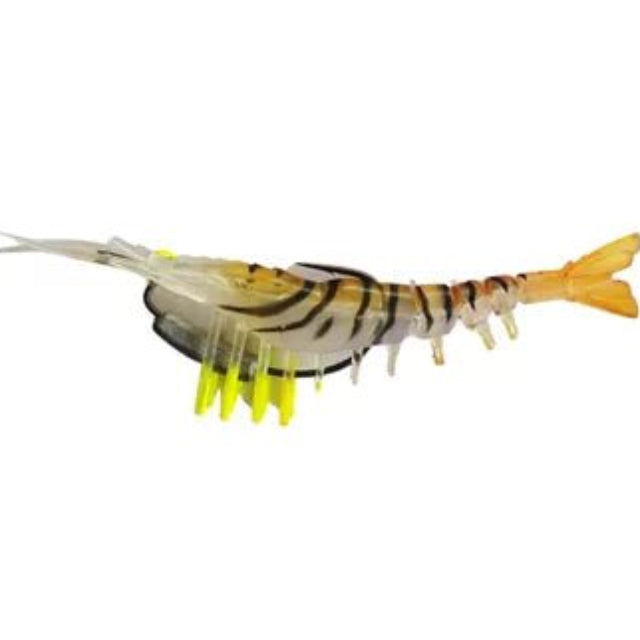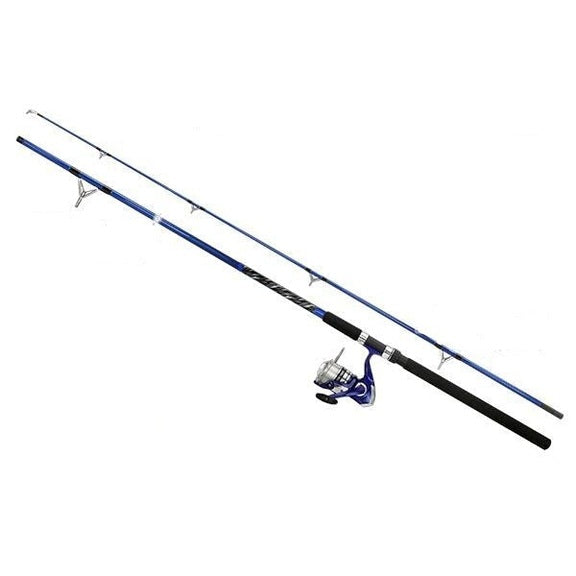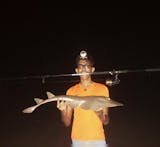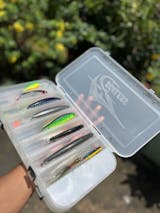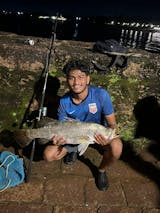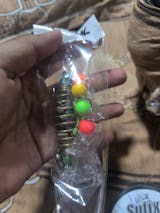It can be difficult to make your way through the large sea of fishing material when it comes to fishing tips for beginners. At first sight, the sheer number of gear options—line weights, rod specs, reels, drag settings, and line types—can seem intimidating. But even with this abundance of knowledge available, inexperienced fishermen must keep in mind that the first step is to grasp the fundamentals.
So if you want to take up angling, I will start with some basics that can help you catch a fish.
Rods & Reels
If it's your first time fishing, I recommend you buy a combo rod & reel from off the shelf. Combo brands are relatively cheap, and today there are some decent combo packs available, which are durable and sturdy.
Check a few Rod Reel Combos Here
In most cases, the reel comes pre-loaded with line which will save you time in learning how to load the line and will help get on the water soon.
For fishing tips for beginners, when selecting a rod and reel combination from different brands, consider a medium-heavy rod with a fast tip. This combination ensures sufficient bend in the rod for better control while allowing your lure to swim effectively. When choosing a reel, aim for one with a 6-kilo drag capacity. Avoid getting distracted by features like numerous ball bearings or excessively high drag capacities, as you're unlikely to encounter fish that require such heavy-duty equipment starting out. Instead, view the drag as a system to apply pressure gradually, allowing you to tire out the fish without risking damage to your gear. Never tighten your reel drag completely; instead, let the fish run and exercise patience as you work to land your first catch.
In case you do not wish to go for a Combo,I suggest you can begin with the Penn Squadron Spinning Rod with the Shimano FX Spinning Reel. They work perfectly well together and are durable and very cost-effective.
You Can also Check some other rods stocked with fishermanshub.com which cost you below Rs. 2000
Lines
There are two types of lines: monofilament & braid. A braided line is good for spinning, and due to its thin diameter, it will cast your lure further than mono.
On the other hand, monofilament works well for bait fishing as its abrasion resistance properties protect it when fish scrapes your lines against rocky surfaces.
My advice is to start with a 20lbs monofilament line as it's not as delicate as braid and easy to work with, across different modes of fishing.
Some good, cost-effective monofilament & braided lines that cost you less than Rs. 1500 are listed here.
Lures:
There are hundreds of lure brands out there, and it can get pretty confusing as to which one will work for you. The best way to sort this problem out is to understand what works for the fish. Fish are generally found at three depth levels - Top water, mid-water and bottom. Therefore, your lure collection will need to swim at all these respective depths to reach the desired species.

For top-water, the best lures are: Duo International Realis Pencil, Megabarra Mama Kedoza, Storm Chug Bug, Chasebaits Fish Candy Stick
Target species: Gaint Trevally, Red Snapper, Threadfin Salmon
Some Midwater Lures you can start with are -Cassan Barra Magic, Rapala X Rap , Storm Twitch Stick , Halco Laser Pro
Target Species - Barramundi, Red Snappers
Though I would not suggest that a beginner starts with bottom diving lures, once you have caught a couple of fish and know how to swim your baits you could try your hand at bottom diving lures. My recommends for these would be - Yo-Zuri Dual Hardcore, Storm Deep Thunder, Prohunter Bluester
Target Species - Red Snapper, King Fish and other Pelagic Species
You could also use shads that can sink and swim at any desired depth. These are used with a Jig Head which helps you cast the lure far and then lets you sink it and swim it at the desired depth. Some shads you could try would be - Z Man Diezel Minnows & Uzzo Twisterz
The colours of lures vary, the thumb rule is to use bright-coloured lures in muddy waters and duller more life-like coloured lures in clear water. Remember that most fish do not see colour in the same colour spectrum as we humans do. For E.g. a fish may see green as grey.
I have caught fish on just the reverse of the above, but this rule works most of the time. For more info on lures read this - https://passageenclave.wordpress.com/2017/05/11/my-5-favourite-fishing-lures/
Tides
Knowing the tide's rhythm is essential when exploring fishing tips for beginners. Consider the tide as a clock that indicates the optimal times for fish to feed. They frequently go into a frenzy for short periods—sometimes as little as 15 to 30 minutes—before becoming less active. Plan your fishing outings according to these tide patterns to increase your chances of success.
Try to fish an hour before high tide through an hour after for river mouths or estuaries. Open your window to the sea for two hours before and two hours after high tide. Recall that feeding schedules can differ depending on the area, so getting a head start is advised. Look for indications of movement, such as baitfish swimming quickly toward the surface to escape predators.
Knots
There are hundreds of knots out there, some of these are fancy and hard to tie. Do not get carried away by trying to tie difficult knots. Remember the best knot is a knot tied well. Below are some simple knots to get you started.
From line to hook use the following knot: FG Knot
Uni Knot
Palomar Knot
For line to line: Allbright
These are all the knots you will require to start your fishing career.
Baits
In most cases, baiting fishing is the easiest way the catch a fish. There are 2 broad categories of bait, dead & live bait.
Dead bait: Cut bits of fresh mackerel, sardine, squid and prawns work the best. Fish in their natural conditions eat fresh live fish hence your bait needs to be as fresh as possible or else it may not be very effective. Presentation of the dead bait is important. Either you cut them into small bite-size chucks according to the size of the target fish or put them on whole if you target bigger fish. Conceal the hook well especially the tip so the fish does not see your hook.
Live bait: Though difficult to procure, live bait fish work the best. Small live fish or prawns can be attached to a hook via their tail and left to swim around. In most cases, if your tiding timings are right, live bait will help you hook into fish within minutes. Live bait, whether prawns or fish need to be kept well oxygenated to survive for long periods. So either have an artificial oxygen supply connected to your live bait box or change the water frequently.
Nowadays local fish farms will readily sell you live bait, so ask local fishermen and hopefully, they will point you in the right direction.
Fishing spots
For fishing tips for beginners, it's vital to understand that fish often congregate near underwater structures. These areas provide both shelter and abundant prey, making them prime spots for angling success. Keep an eye out for rocky reefs protruding from the water's surface, as they tend to attract smaller bait fish, drawing larger predators like GTs, snappers, and groupers. Casting near these rocky outcrops increases your chances of a strike, as fish often dart out from the structure to attack your lure or bait. Once you've hooked a fish, be prepared for a spirited fight, especially near the rocks where they might try to retreat. Play the fish carefully, guiding it away from potential line-snapping hazards to ensure a successful catch
Beach fishing is best done with bait. Load your hooks with a chunk of squid or mackerel and throw them out past the surf. That's where the predators hang out. You could also target smaller fish like ladyfish, bream and catfish with smaller hooks and prawns as bait. These fish will feed readily on an upcoming tide and can be easily caught.
Explore More: Big game fishing destinations | Fishing tackle | Fish breeding Seasons
Dean Gonsalves is a Techie and an Avid Angler who has been angling all along the coastline of India from way back in the 1970's. Having extensively covered the west coast of India, he has an amazing blog which every Indian angler should read. On his blog he has documented his adventures in a very captivating way that will keep you engaged and intrigued . You can read them by visiting his blog here


